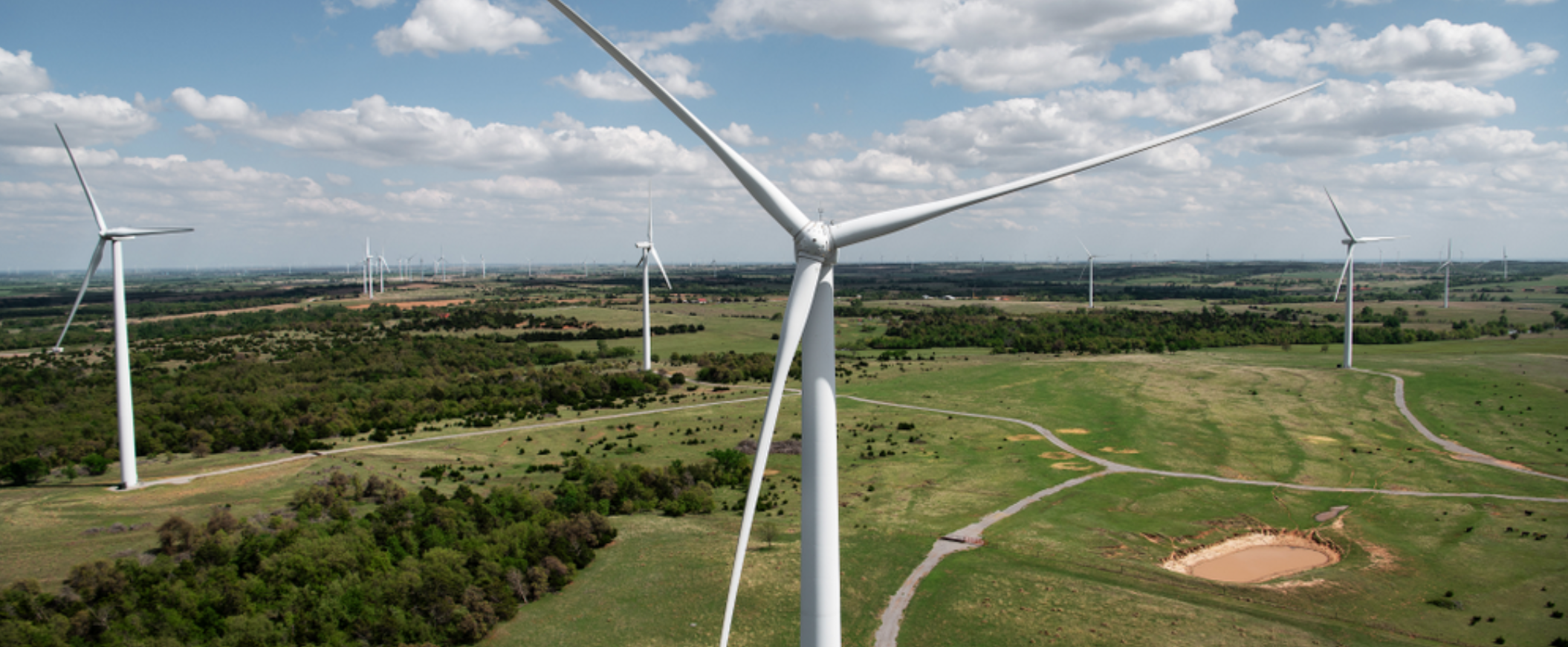Google’s new white paper on clean energy for their data centers

Google just released this white paper, which is the next logical evolution in clean energy for data centers (also see the related blog post). When companies claim their data centers use 100% clean electricity, they do that using an annual balancing act, which sometimes isn’t clear to people not familiar with how this works.
Data center developers source clean electricity, like wind or solar, by making long-term contracts with developers to build power plants that otherwise wouldn’t be built. The power plants are sized to generate at least as much electricity as the data center would use over the course of a year, and in that annual sense, they are powering their data centers using clean electricity.
The reality, though, is that in any particular hour, the data center might be drawing more or less power than the wind or solar facility is generating that hour, and accounting for that real time variation is the next obvious step for clean electricity in data centers. There are also other sources of clean electricity on most grids, so those need to be accounted for as well.
Google’s white paper uses graphs like this one to show visually the hourly variation in clean energy generation’s match with data center electricity use. This one is for their North Carolina facility:

This graph shows the real-time challenge facing any data center facility, and I hope and expect other big data center operators to move to the kind of accounting suggested by Google in their new white paper. As storage becomes more common and clean generation becomes more widespread, this challenge will get easier, but right now we need to get the accounting right in preparation for those developments.
Disclosure: Google asked me to be a technical reviewer for this white paper before its release, which I did without remuneration (because it was worth my time to learn about what they have been up to).
Background
IEA. 2017. Digitalization and Energy. Paris, France: International Energy Agency. November 5. [https://www.iea.org/digital/]
Shehabi, Arman, Sarah Josephine Smith, Dale A. Sartor, Richard E. Brown, Magnus Herrlin, Jonathan G. Koomey, Eric R. Masanet, Nathaniel Horner, Inês Lima Azevedo, and William Lintner. 2016. United States Data Center Energy Usage Report. Berkeley, CA: Lawrence Berkeley National Laboratory. LBNL-1005775. June. [https://eta.lbl.gov/publications/united-states-data-center-energy]
Masanet, Eric, Arman Shehabi, and Jonathan Koomey. 2013. “Characteristics of Low-Carbon Data Centers.” Nature Climate Change. vol. 3, no. 7. July. pp. 627-630. [http://dx.doi.org/10.1038/nclimate1786]
